Have you ever felt utterly powerless when your cat fixes you with that unblinking, mysterious stare? You’re not imagining things—science suggests that your feline’s gaze is more than just idle curiosity. It’s a finely tuned instrument of psychological influence, refined over thousands of years of cohabitation with humans. This isn’t just about cuteness or simple animal behavior. It’s about emotional manipulation, subtle communication, and an age-old partnership that’s far deeper than most people realize. Let’s dive into the captivating world of cat stares and discover how your furry friend might be controlling you—one gaze at a time.
The Evolutionary Origins of the Cat Stare

Domestic cats didn’t always have the power to bend humans to their will. Their wild ancestors relied on stealth and observation to survive. Over generations, cats developed keen eyesight and a penchant for watching their environment—skills that later became essential in communicating with humans. When cats settled into human societies, those who could best capture human attention had an evolutionary edge. Their gaze, once a tool for hunting, evolved into a bridge to human hearts.
Why Cats Stare: Not Just Curiosity

At first glance, you might think your cat is simply bored or curious. But a prolonged stare is rarely random. Cats use their eyes to gather information, but they also deploy their gaze intentionally to interact with you. They might be asking for food, signaling affection, or trying to understand your mood. The stare is a strategic move—think of it as a silent conversation, with your cat waiting for your next move.
The Science of Cat-Human Eye Contact
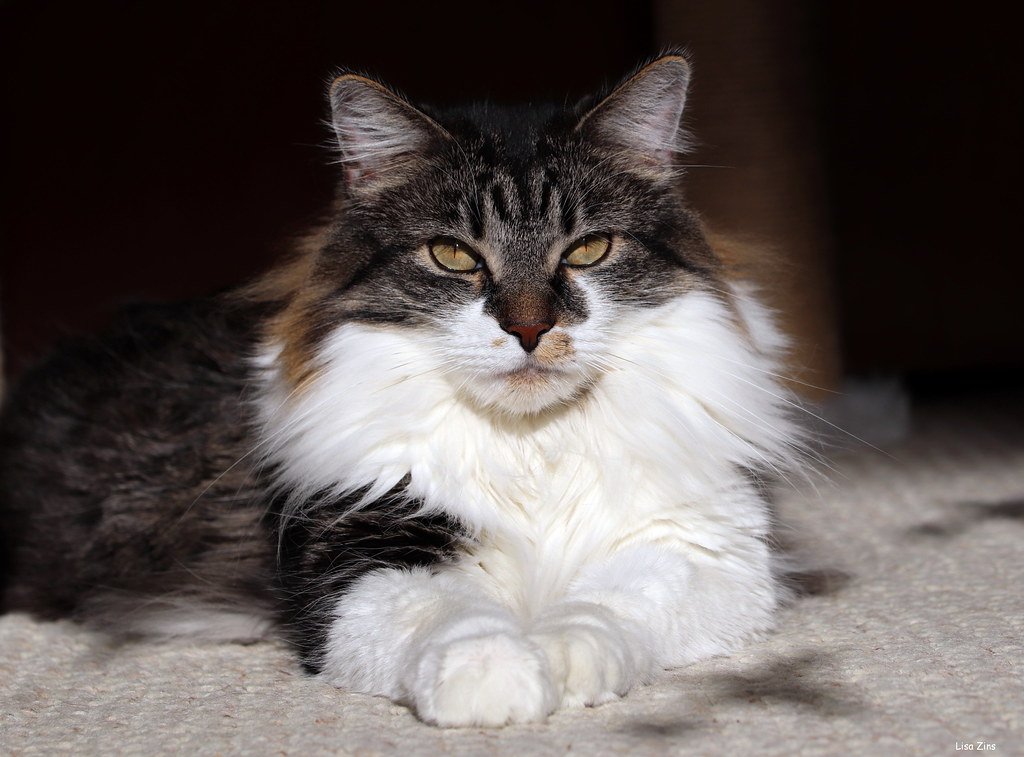
Researchers have found that cats actually alter their behavior based on human eye movements and attention. When a person looks directly at a cat, the cat is more likely to approach or seek interaction. This responsiveness shows that cats are reading us as much as we’re reading them. Scientists call this “referential communication”—the ability to use gaze to point out or request something from another being.
The Power of the “Slow Blink”

One of the most endearing forms of cat communication is the “slow blink”—when your cat closes its eyes slowly and then reopens them while staring at you. This gesture is not just a sign of trust; it’s an invitation for bonding. Studies suggest that when you return a slow blink, you’re mirroring affection and creating a loop of positive reinforcement. It’s like your cat is saying, “I trust you,” and hoping you’ll say it back.
The Emotional Impact of a Cat’s Gaze

It’s hard to resist a cat’s direct stare—there’s something almost hypnotic about it. Psychologists believe that such eye contact can trigger a release of oxytocin, the “bonding hormone,” in humans. This means every time your cat stares at you, they may be deepening your emotional connection. It’s a subtle, but powerful, way for your cat to keep you close and attentive.
Cats as Masters of Nonverbal Communication

Unlike dogs, cats rely more on body language than vocalizations. Their eyes play a central role in this silent dialogue. A wide-eyed stare can mean excitement or anticipation, while narrowed eyes might signal contentment or relaxation. By adjusting their gaze, cats express a full range of feelings—without ever making a sound.
The Stare as a Tool for Manipulation

Let’s be honest: cats are experts at getting what they want. That unwavering stare is often used to persuade you to feed them, open a door, or offer a lap. It’s no accident that you feel compelled to give in—your cat has learned that eye contact is effective. Over time, cats have refined their technique, turning a simple stare into a powerful tool for influencing human behavior.
The Role of Pupil Dilation in Feline Stares
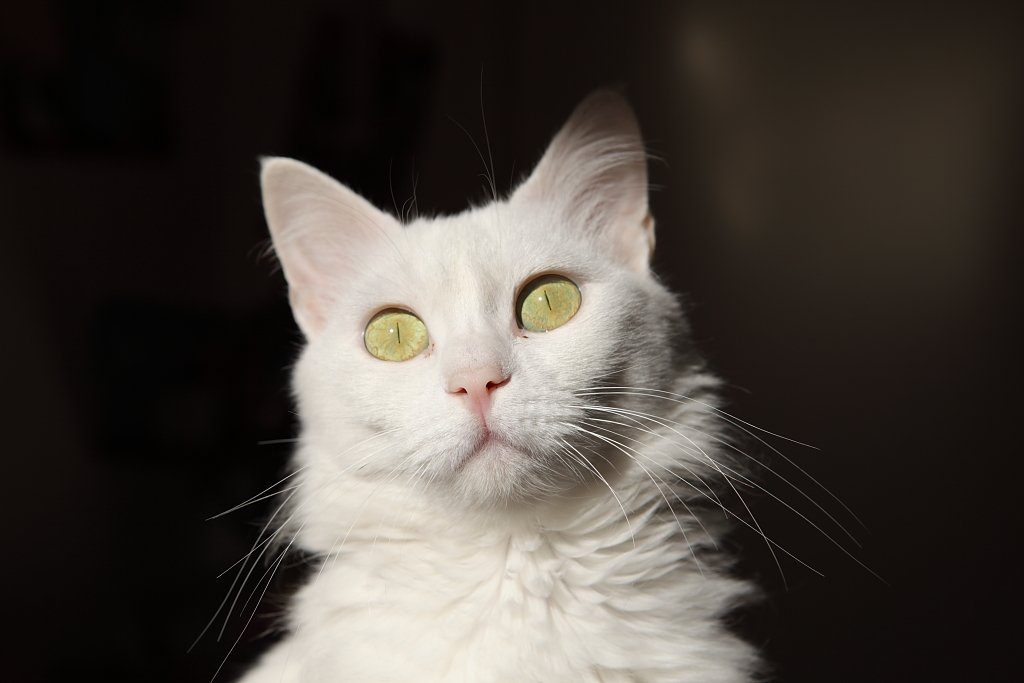
A cat’s pupils are incredibly expressive. When they stare at you with wide, dilated pupils, they may be excited, playful, or even a bit anxious. Conversely, narrow pupils can indicate trust or satisfaction. By paying attention to these subtle changes, humans can better understand their cat’s intentions—and cats, in turn, use this to guide your response.
How Cats “Train” Their Owners

It’s a running joke that cats don’t have owners—they have staff. But there’s truth behind the humor. By consistently associating certain looks with outcomes (like being fed when they stare at you), cats condition humans to respond to their needs. It’s a classic example of operant conditioning—except you’re the one being trained.
Anthropomorphism and the Cat Stare
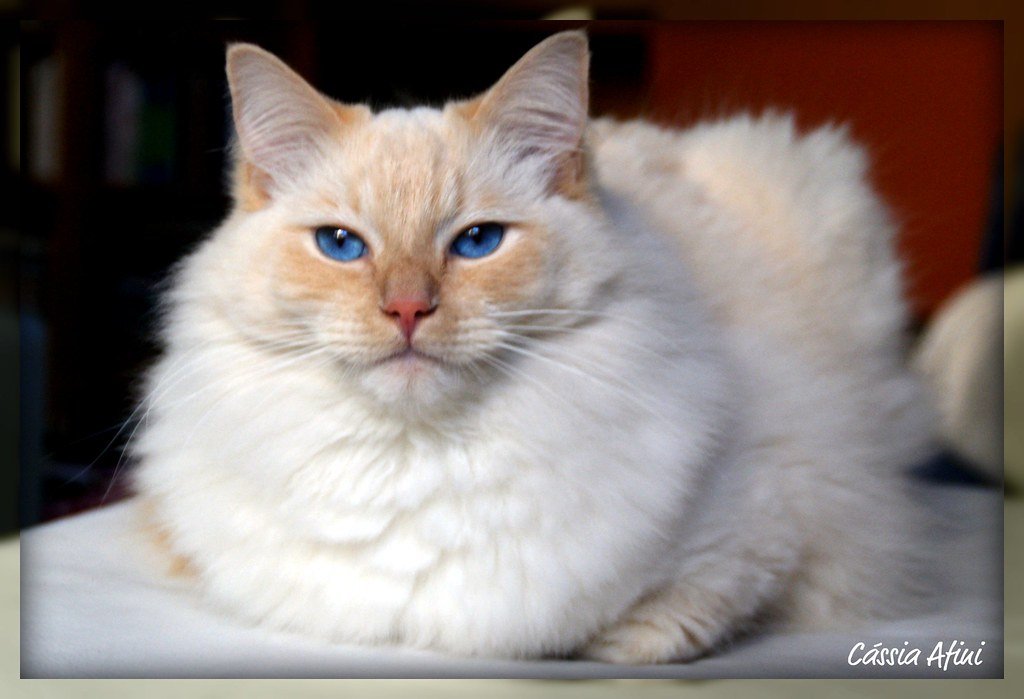
Humans have a tendency to project their own emotions onto animals—a phenomenon called anthropomorphism. When your cat stares at you, it’s easy to imagine they’re plotting or judging. While the reality is more nuanced, our interpretations add another layer to the cat-human relationship. This emotional projection may even make us more susceptible to feline influence.
The Social Function of Staring in Cat Culture

Within cat society, staring serves as both a greeting and a challenge. Among themselves, cats use eye contact to establish hierarchy or signal non-aggression. When your cat stares at you, they might be treating you as part of their social circle, inviting you to participate in their world, or even subtly asserting dominance.
Stress, Anxiety, and the Cat Stare

Occasionally, a cat’s intense stare can signal stress or discomfort. Changes in the household, unfamiliar guests, or even subtle shifts in your mood can make your cat more watchful. If your cat is staring more than usual, it might be time to check for sources of anxiety and offer reassurance.
Feline Stares and Feeding Time

If you’ve ever been “stared awake” in the morning, you know how relentless your cat can be when hungry. Cats quickly learn that staring at their humans can expedite mealtime. This visual pressure is incredibly effective—few can ignore the insistent gaze of a hungry feline, especially at 6 a.m.
The Influence of Cat Stares on Human Health
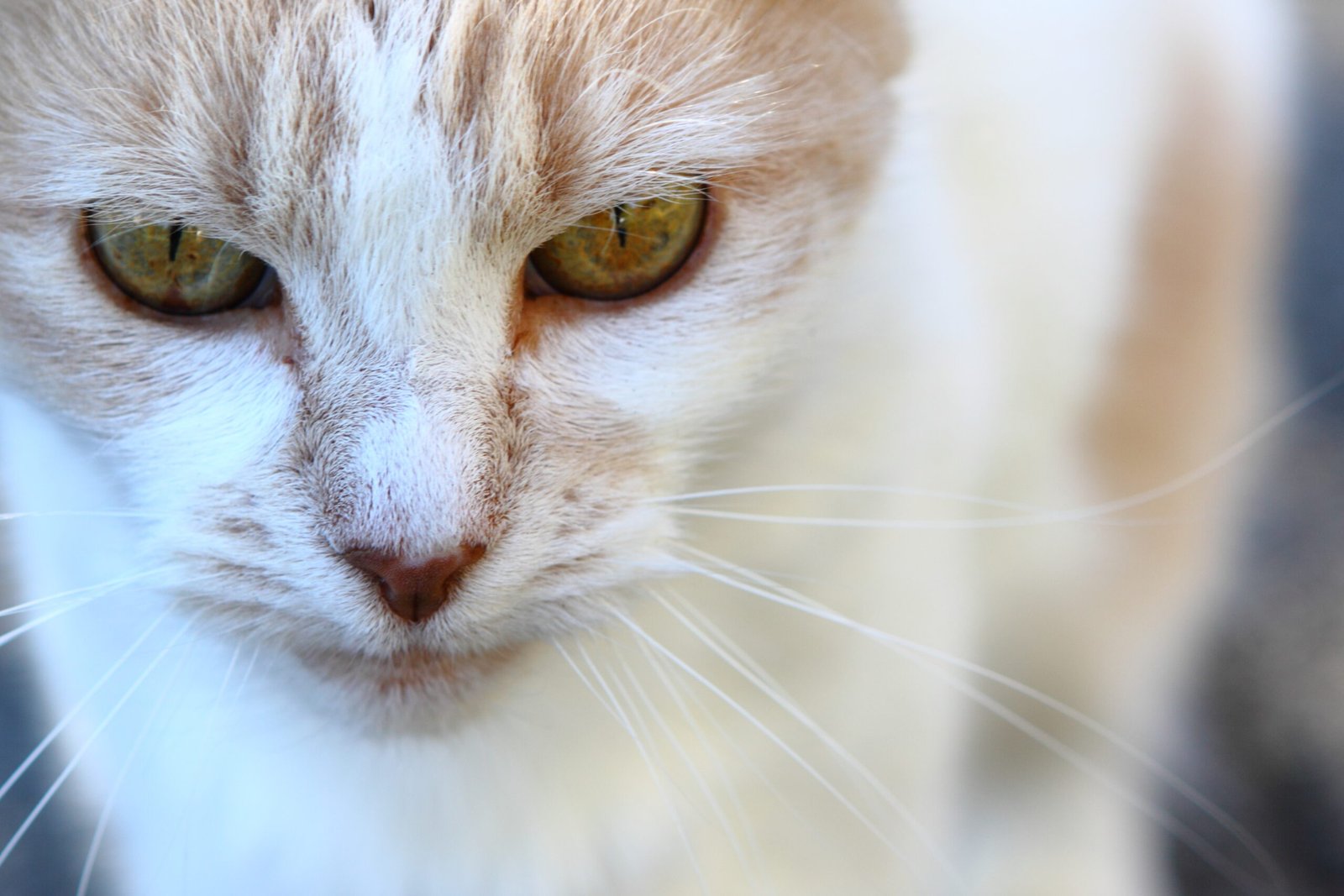
Surprisingly, the bond formed through eye contact with your cat could be good for your health. Studies have shown that petting and interacting with cats can lower blood pressure and reduce stress. The mutual gaze amplifies these effects, creating a soothing feedback loop that benefits both parties.
Cats vs. Dogs: Who Wins the Staring Contest?
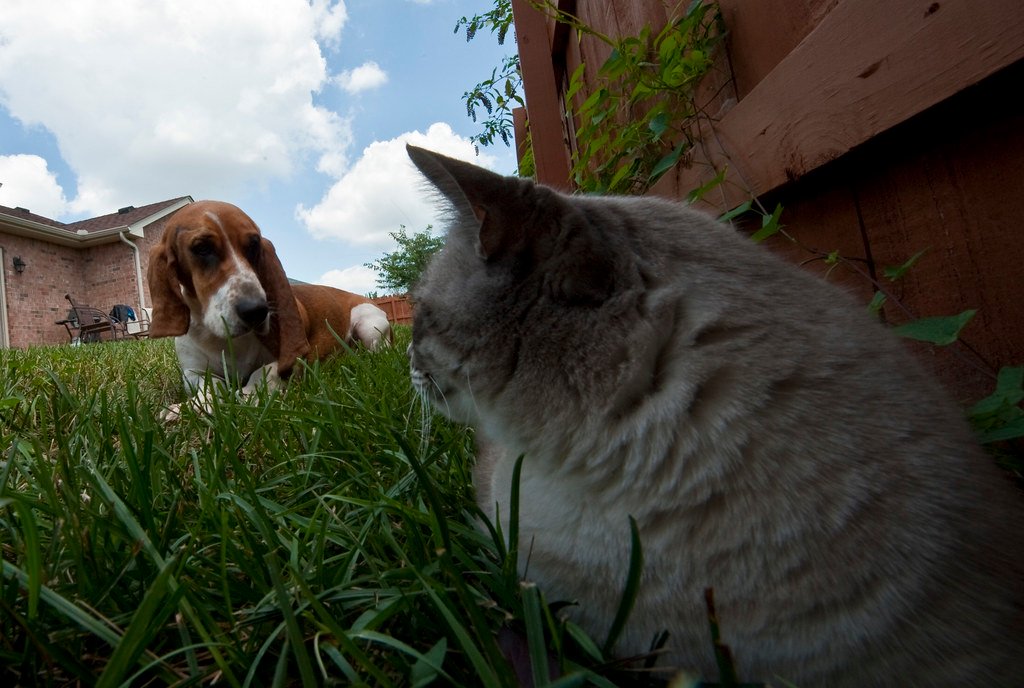
While dogs also use eye contact to communicate, cats have a more nuanced approach. Dog stares are often straightforward—play, affection, or seeking approval. Cat stares, on the other hand, are layered with subtlety. There’s an element of mystery and intention that makes the feline gaze uniquely powerful in shaping human behavior.
Kittenhood Lessons: How Cats Learn to Stare

Kittens observe their mothers and siblings closely, learning how to communicate through looks even before they master vocalizations. This early training sets the stage for a lifetime of effective staring. By the time a kitten joins your household, they’re already adept at using their eyes to interact with you.
The Cultural Mystique of Cat Eyes

Across cultures, cat eyes have been associated with magic, mystery, and even luck. Ancient Egyptians revered cats for their penetrating gaze, believing it connected them to the divine. Today, the allure persists—there’s something almost otherworldly about a cat’s stare, which only adds to their power over us.
Personal Stories: The Stare That Changed Everything

Many cat owners have stories about the moment their feline’s gaze melted their heart or changed their mind. Maybe it was the look that convinced you to adopt them, or the stare that made you realize you were hopelessly devoted. These personal moments highlight just how deep the connection can go.
Can You Resist the Hypnotic Power?

Let’s face it—most of us surrender willingly. The next time your cat fixes you with that intense look, try to hold your ground. Chances are, you’ll find yourself reaching for a treat or a toy, unable to resist. It’s not just about them getting their way—it’s about the silent, invisible bond you share.
How to Respond: Building a Better Bond Through Eye Contact
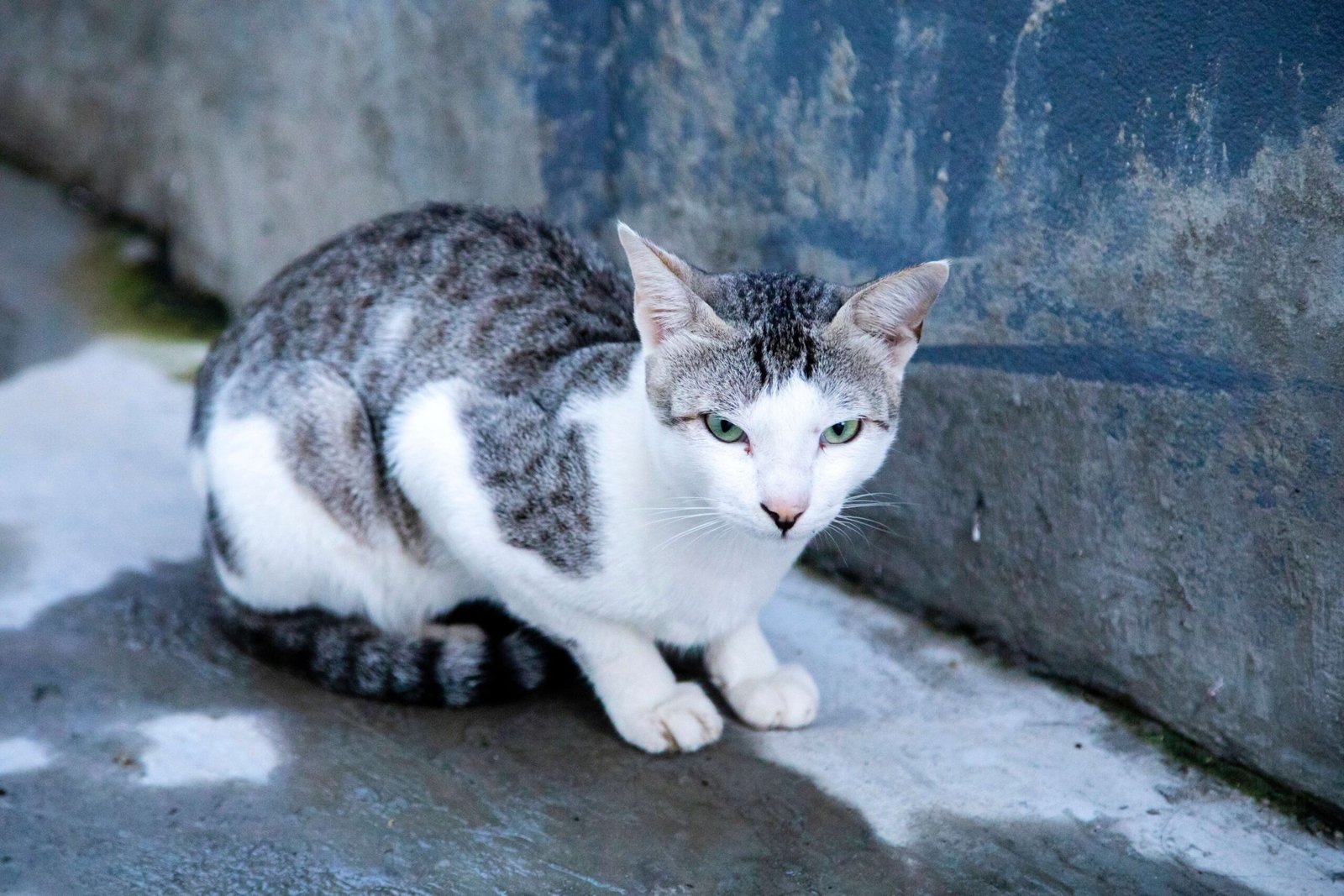
Instead of shying away from your cat’s stare, try engaging with them. Return the slow blink, maintain gentle eye contact, and observe their body language. Not only will you deepen your relationship, but you might also find yourself more attuned to your cat’s needs and moods.
The next time your cat locks eyes with you, remember: you’re not just being watched. You’re being drawn into an ancient, silent conversation—one that’s shaped by evolution, emotion, and the mysterious power of feline psychology. Isn’t it amazing how much can be said without a single word?



